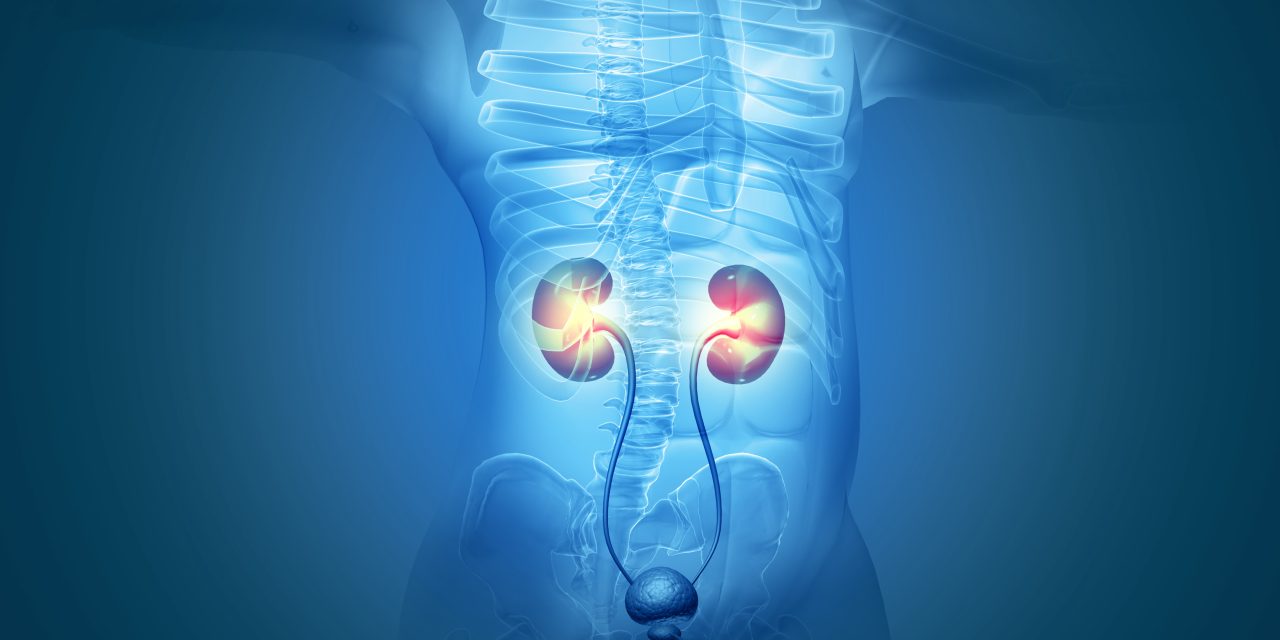Observation minimizes costs for patients with stones likely to pass spontaneously. Treatment of patients with ureterolithiasis who reported Asymptomatic Ureterolithiasis and their side effects yet don’t remember passing the stone presents a clinical test. We broke down the expense of various restorative systems for these patients. There was an expense minimization investigation utilizing distributed viability information and Medicare repayment costs. We looked at 1) direct front ureteroscopy with arranged lithotripsy, 2) followup imaging to decide presence or nonattendance of stone utilizing mechanized tomography, stomach plain movie or ultrasound and 3) perception. We performed affectability investigations on the elements driving expense, including the likelihood of stone section and ultrasound affectability.
Perception was related with the most reduced expenses for patients prone to precipitously pass the ureteral stone (more prominent than 62%). Starting imaging with mechanized tomography was the most un-exorbitant methodology for patients with a middle of the road likelihood of stone entry (21% to 62%). At the point when the affectability of ultrasound was demonstrated to be high (more noteworthy than 79%), it outperformed modernized tomography as the most un-expensive methodology across a wide scope of unconstrained section rates.
Reference link- https://www.sciencedirect.com/science/article/abs/pii/S2352077917300596


